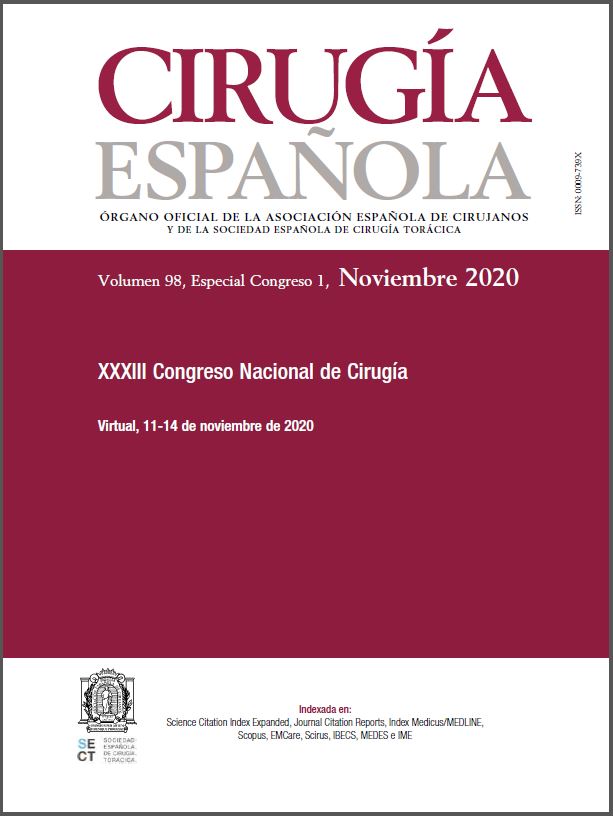P-639 - LIQUID COCAINE BODY PACKING: A NOVEL METHOD FOR DRUG SMUGGLING
Hospital Universitario Son Espases, Palma de Mallorca.
Introduction: Body packing (BP) is a common method of drug trafficking where smugglers intentionally ingest drug-filled packages prior to travel. Liquid cocaine (LC) body packing is a novel method for drug smuggling. This new modality of drug trafficking is more difficult to detect by X-ray due to its low density and its purity is higher than powdered cocaine. We present a case of intestinal obstruction in a LC body packer. Our objectives are to describe this entity as well as alerting of this new form of presentation of the illicit shipment of cocaine that entails a higher purity of the substance.
Case report: We are discussing about a 38-year-old male native of Cali (Colombia) with clinical and radiological diagnosis of intestinal occlusion secondary to condom filled with liquid cocaine. On abdominal X-ray no foreign body is detected. CT scan reveals a hyperdense image compatible with a cocaine liquid package in distal ileum with retrograde dilatation of small bowel. Laparotomy is performed and after the enterotomy, the liquid cocaine package is carefully “milked” and removed. Postoperative period is uneventful.
Discussion: Diagnosis and management for body packers relies on radiographic evidence, mainly in LC body packers whose diagnosis is especially difficult due to its lower density and its capacity of taking the form of the intestinal lumen. Sensitivity and specIficity of X-ray for the detection of LC filled packages is significantly lower than those for the detection of packages containing solid drugs. This is a very important aspect to highlight since these body packers could be unnoticed on X-ray machines at ports and airports. The use of CT scan may help to increase its detection rate. Once the diagnosis is made, the next challenge is related to the therapeutic management of the patient. There is very limle evidence about clinical management and potential harm of LC body packers. Either way, it should be performed with caution because of the risk of pack rupture with a probably higher purity and higher degree of absorption compared to cocaine in solid state. While indication of surgical removal of drug packets is clear when there is cocaine toxicity or bowel obstruction, there is no clear consensus about the management of asymptomatic cases. These cases can be treated with oral polyethylene glycol administration or oil-based laxatives but there is no agreement about how long body packers should be monitored. Laparotomy is the recommended surgical approach. Endoscopic or laparoscopic removal is feasible but these interventions have greater risk for rupture. In conclusion, drug trafficking has evolved in recent times. Knowing this new variant is crucial to detect mules and provide them adequate treatment. Its ignorance can induce underdiagnosis and fatal consequences for the patient.








